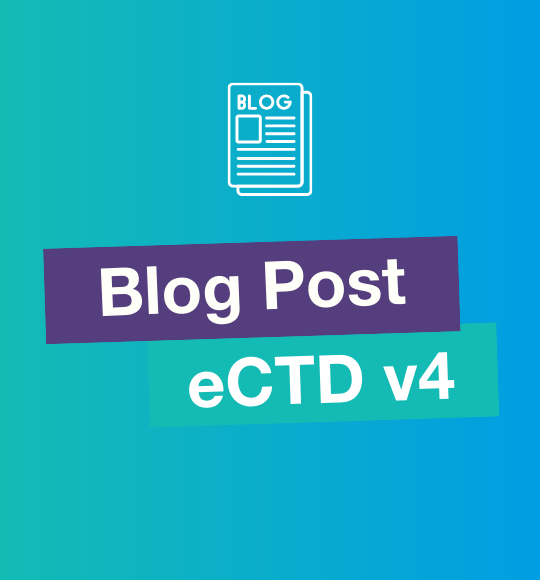
The Five ISO IDMP Standards Explained
New medical products bring incredible value to the public, but ensuring patient safety is paramount, particularly for the global regulators charged with protecting public health. As the EMA and other authorities implement IDMP, the transparency of medicinal product information and the detection of adverse drug reactions will significantly improve patient safety.
In this post, the second in our series on IDMP, we take a closer look at the ISO standards that make up the new regulation. IDMP is a series of five different ISO standards consisting of four technical specifications and one technical report. The behind-the-scenes creation of these has been a major collaborative effort involving medicinal experts from 32 participating and 27 observing countries.
The five ISO standards that makeup IDMP consist of the following:
ISO 11238 - Regulated information on substances
This standard distinguishes "substances," defined by their main general characteristics and roles in medicinal products (e.g., active, adjuvant, basis of strength, excipient). In addition, substances are characterized in a granular fashion with specific descriptions (e.g., manufacturing information, grade of purity, etc.).
ISO 11239 - Regulated information on pharmaceutical dose forms, units of presentation, routes of administration, and packaging
This standard identifies and defines requirements for each of the above. For example, in dose forms: "injection solution," "injection suspension" (or a less granular regional term linked to these)
ISO 11615 - Regulated medicinal product information
This standard defines, characterizes, and uniquely identifies regulated medicinal products throughout their entire life cycle (development, authorization, post-marketing, and renewal or withdrawal from the market). It describes the detailed data elements and their structural relationships required for each product's description and unique identification.
The essential characteristics of a data carrier identifier are:
- Product name, product brand, and product description
- Formulation (active ingredients)
- Strength
- Dosage (or usage)
- Net quantity (weight, volume, or other dimension impacting trade)
- Packaging configuration
ISO 11616 - Regulated pharmaceutical product information
Pharmaceutical Product Identification (PhPID) is based on the following subsets of elements that describe the pharmaceutical product:
- Substance(s) and specified substance(s)
- Strength(s) - Strength units (units of measurement and units of presentation)
- Reference strengths
- Administrable dose form
ISO 11240 - Units of measurement
- This specifies rules for the usage of units of measurement for IDMP:
- Defines requirements for traceability to metrological standards
- Establishes reference code systems for units
- Provides structures and rules for mapping between different unit vocabularies and language translations
Developing a robust, practical, and effective set of standards has been a rollercoaster for regulators. Implementing these standards will inevitably come with challenges for businesses too. While the changes will be challenging, IDMP presents a unique opportunity for organizations producing medicinal products to achieve operational excellence throughout their business. In our next post, we will look at this closely.
To learn more about IDMP, download our whitepaper IDMP: Cost or Opportunity?
.png)

